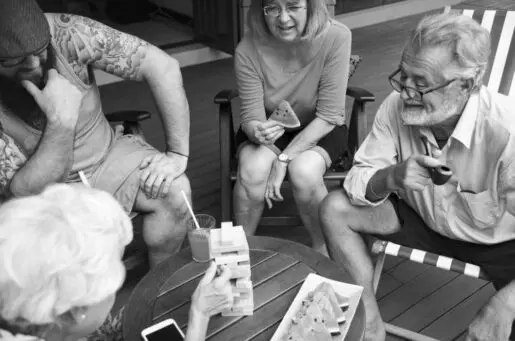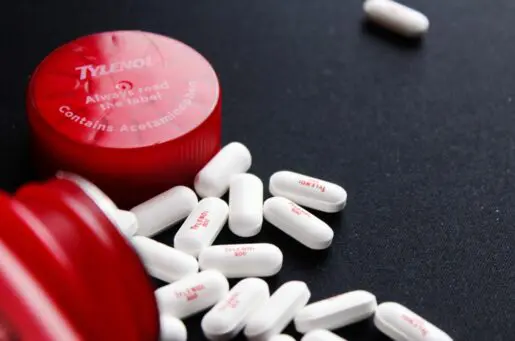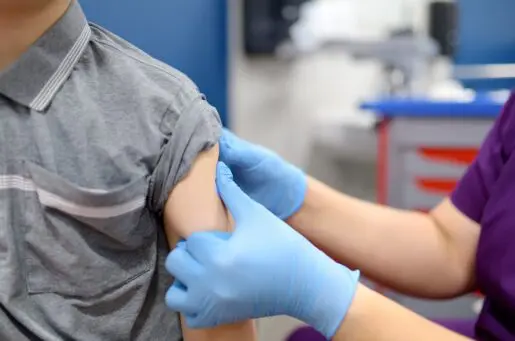Bioethics Forum Essay
How and Why to Take “Gender Identity Disorder” Out of the DSM
As a wizened gender rights advocate, I know better than to assume the activists making the most noise are actually representative of “the community” they insist they represent. So, while American transgender activists have lately been fairly unified and very vocal about the need to remove “Gender Identity Disorder” (GID) from the Diagnostic and Statistical Manual of Mental Disorders (DSM), I know that not all trans people agree.
Medicalization is, after all, a complex experience. Even while being labeled as “mentally disordered” can be a stigmatizing experience, it is also the case that the inclusion of GID in the DSM has functioned to provide financial and institutional support for medical, surgical, and psychological care for some transgender people.
This is not true in most of the United States, but is true in more progressive places around the world, like Canada and the Netherlands. Having GID in the DSM may also, to some extent, legitimize the transgender experience as a “real” one for people who think a transgender person should just “get over” the feeling that the gender label assigned to them was the wrong one.
This is why, when I talk to clinicians about taking GID out of the DSM, the first thing they say to me is that taking it out will harm a good number of transgender people. Some foreign clinicians add that it is the individualistic and selfish American transgender activists who are forcing their identity politics on transfolk all over the world. Having GID in the DSM has, they claim, helped many of their patients and clients, particularly transgender youth who benefit from medically supervised reassignments during their puberties.
Yet critics of the “GID” category respond that, in fact, the DSM inclusion of what amounts to their identities results in more harm than good. They liken the inclusion of “GID” to the DSM’s former inclusion of homosexuality, saying that it medicalizes them and treats them as diseased rather than just different.
They point to evidence from history and other societies that, in cultures that accommodate people who don’t fit the usual categories of male or female, transgender people do fine without being labeled “mentally disordered.” Some of the most persuasive evidence for this comes from recent work in Samoa by my colleagues (and friends) Paul Vasey and Nancy Bartlett.
In fact, in an article I consider key to understanding the issue, Bartlett, Vasey, and William Bukowski noted a fundamental contradiction in the DSM specifically where GID in childhood is concerned. Partly because of the history of the de-medicalization of homosexuality, the DSM specifically defines mental disorder as constituting a dysfunction in the individual, not “deviant” behavior nor a conflict between an individual and his or her society.
Yet the current DSM allows children who are merely notably gender atypical in their family’s culture to be labeled as having a mental disorder, even though in another society (say, Samoa), they might be considered perfectly acceptable. That sure does look a lot like the history of the de-medicalization of homosexuality.
Importantly, the increasingly nasty discourse surrounding the GID-DSM question obscures points on which both sides do actually agree. Most critics and most proponents of the “GID” inclusion want high-quality, safe, individualized care for people who are transgender. Most also want to see systems where such care is financed through public or private insurance, particularly for those who cannot pay for it themselves. Perhaps most significantly, almost all want to see transgender people suffer less, not more, stigma and shame.
Thus the people arguing back and forth may disagree on the methods to achieve these goals, but not on the goals themselves. That’s good news.
So, what to do?
Keeping “GID” in the DSM is problematic for many reasons. At least in this country, categorizing transgender people as “mentally disordered” leaves them in a sort of never-neverland legislatively. In spite of being labeled “mentally disordered,” trans people have been specifically exempted from the Americans with Disabilities Act as a protected group, and their medical care (including hormones and surgeries) are not covered by most insurance systems, despite the fact that studies have repeatedly shown well-screened transgender people are better off psychologically and socially after hormonal and surgical transition.
Meanwhile, a number of legislators have used the fact that transgender counts as a “mental disorder” to exclude transgender people from identity-based protective legislation available to gay, lesbian, and bisexual people, so that transgender people are not protected in many venues from housing and employment discrimination, and their murders are not recognized as hate crimes, in spite of much evidence that that’s exactly what they are.
So transgender Americans are seen as too sick to be protected, but not too sick to be provided help! Now that’s a sick system.
On top of that, keeping “GID” in the DSM marks all transgender people as mentally disordered, no matter how well they are functioning, no matter how sensible they are about dealing with the challenges of being transgender. As philosopher Jake Hale has pointed out, the way the World Professional Association for Transgender Health (WPATH) “standards of care” work, transgender people are treated as incompetent until proven otherwise – quite the opposite of pretty much all other humans.
One response to this is to say, well, if you have a male body and feel you’re more of a female, then obviously you’re sick. But as an historian, I can’t help but remember all the gay men who were told loving men made them sick, nor can I forget all my feminist foremothers who were told – when they demanded education, professions, and voting rights–that they were mentally ill.
Yet I cringe at the idea of taking GID out of the DSM if what it means is that gender atypical children, teenagers, and adults can’t get the care they deserve. I also worry that simply changing over from “GID” (a mental disorder) to “transgender identity” will oversimplify the reality of genders. Many people may legitimately seek professional health care for complicated (or at least atypical) gender identities without really fitting the oversimplified media vision of “transgender.”
So here is a proposed solution that I think should be seriously considered:
Remove “GID” from the DSM as a “mental disorder.” But add in the DSM transgender feelings as a known possible cause of depression, anxiety, sexual dysfunction, and so forth. (After all, sometimes being transgender – like being a gay youth or a grieving widower – can lead to depression, anxiety, and so forth.) And in those cases, where evidence supports it, allow the treatment for those particular forms of depression and anxiety to include hormone treatments and surgeries, if the patient so wishes to follow those paths. After all, we have lots of research that such treatments, almost without exception, result in positive outcomes.
This DSM revision would cease the marking of all transgender people as mentally disordered. It would simultaneously acknowledge that being gender atypical is sometimes difficult, even in a society that accepts it.
This approach would have the added benefit of stopping legislators from having the medical profession’s accidental support in the denial of legal protections to people with transgender identities. And it might actually increase available funding for psychological, medical, and surgical care for transgender people, because it would recognize that sometimes the best treatment for depression that arises out of being transgender is hormonal or surgical. Thus it would treat transgender people the way postpartum women are treated; if depression or anxiety or profound sexual dysfunction arises in conjunction with that identity, then it is treated, with evidence-based care.
Making this move might also finally bring the medical system up to speed with the fact that more and more people are opting for some transgender-ish interventions, but not all. It would upend the one-size-fits-all traditional treatment model of transgender, and implicitly recognize that sometimes people very purposely want “top” surgery without “bottom” surgery, and sometimes people very purposely want a hormonal “sex” change without any surgery. It might even force open recognition that what gets labeled a “transgender” experience varies enormously, far more than you’d imagine if you’re only hearing about transgender lives from the usual suspects in the mainstream media.
Speaking of which, a postscript: As I was composing this, Chaz (formerly Chastity) Bono announced his identity as a transman. When a spokesperson hailed Bono’s “courageous decision to honor his true identity,” I was struck by that too-typical language of the “true identity,” and reminded again of how – though they often appear at odds – the medical establishment and the transgender activist community have long cooperated in speaking of transgender as if it is simply a matter of establishing authenticity. The language of “true selves” can be empowering, bonding, liberating, healing. But it can also be alienating and isolating to those whose feelings are more complex.
And regardless, it ought not be up to medicine to adjudicate who has a true identity and who a false one. It seems to me much better, as I have suggested here, for medical professionals to ask not, “Are you real?” but instead, “Are you suffering? And if so, what evidence do we have that we are the people who can help?”
Acknowledgements: The author thanks Lisa Lees, John Otto, Aron Sousa, Paul Vasey, and a person wishing to remain anonymous for their feedback on this essay and related ideas. Their kind help should not be construed as endorsement of this essay.












